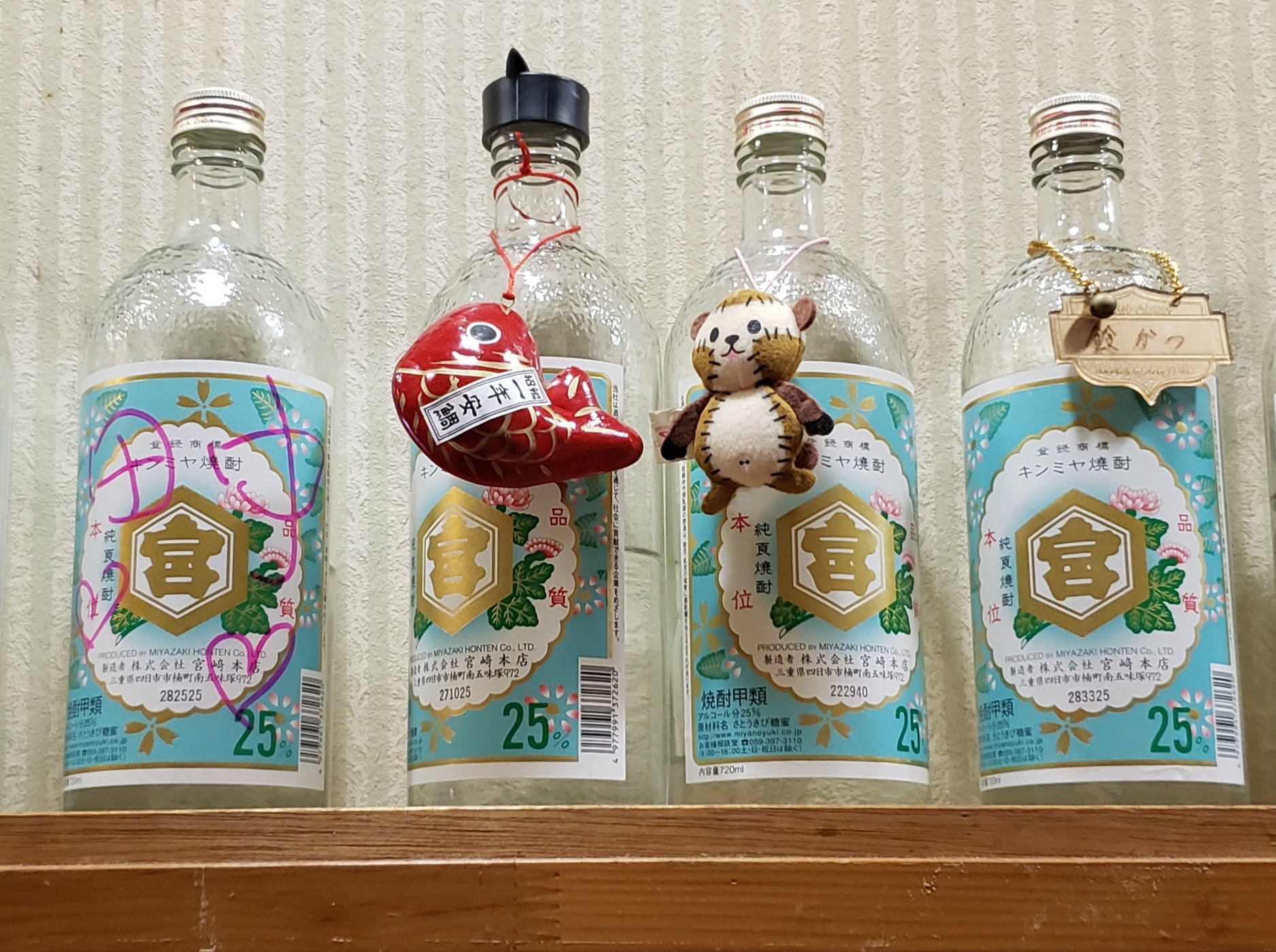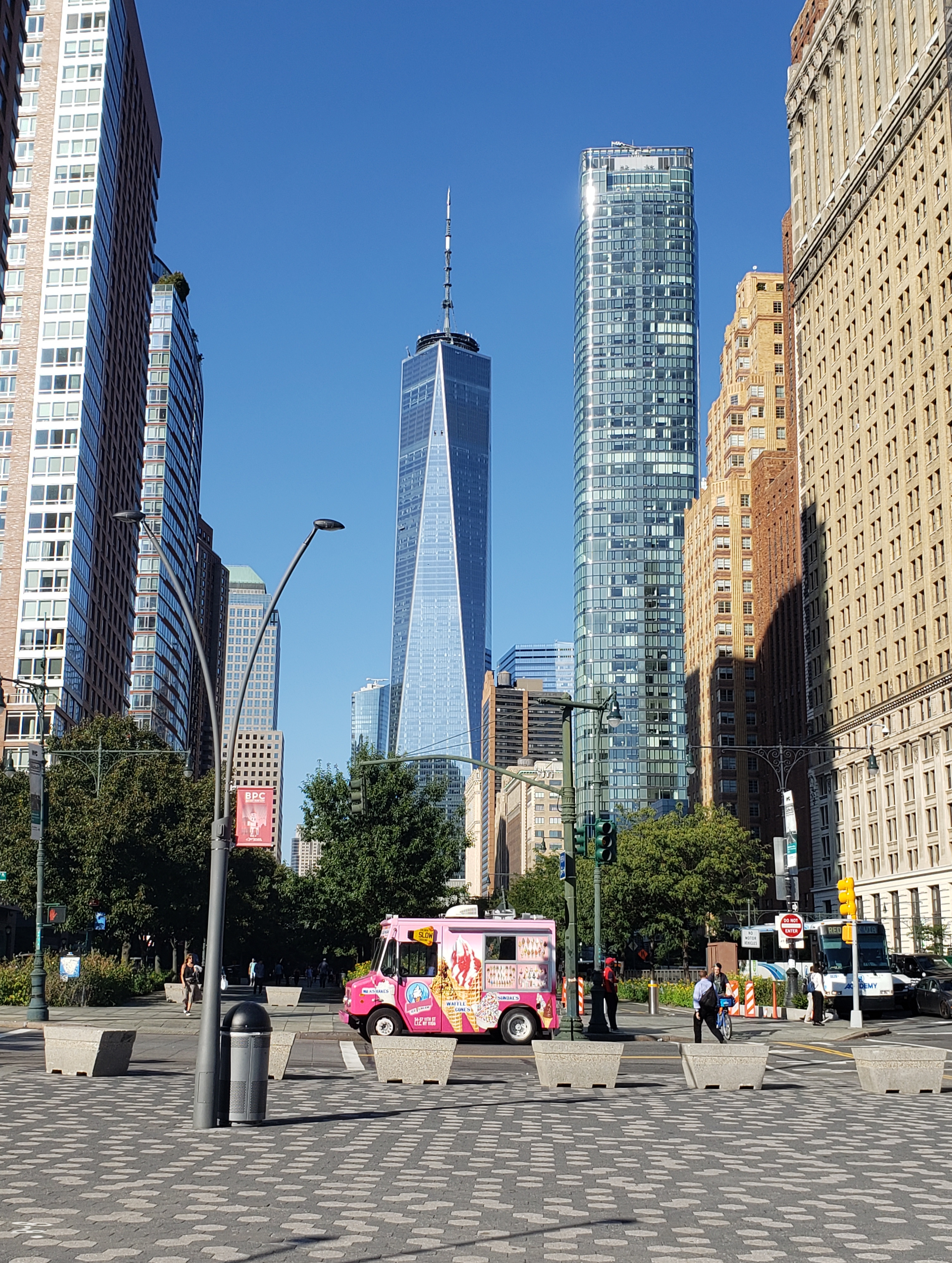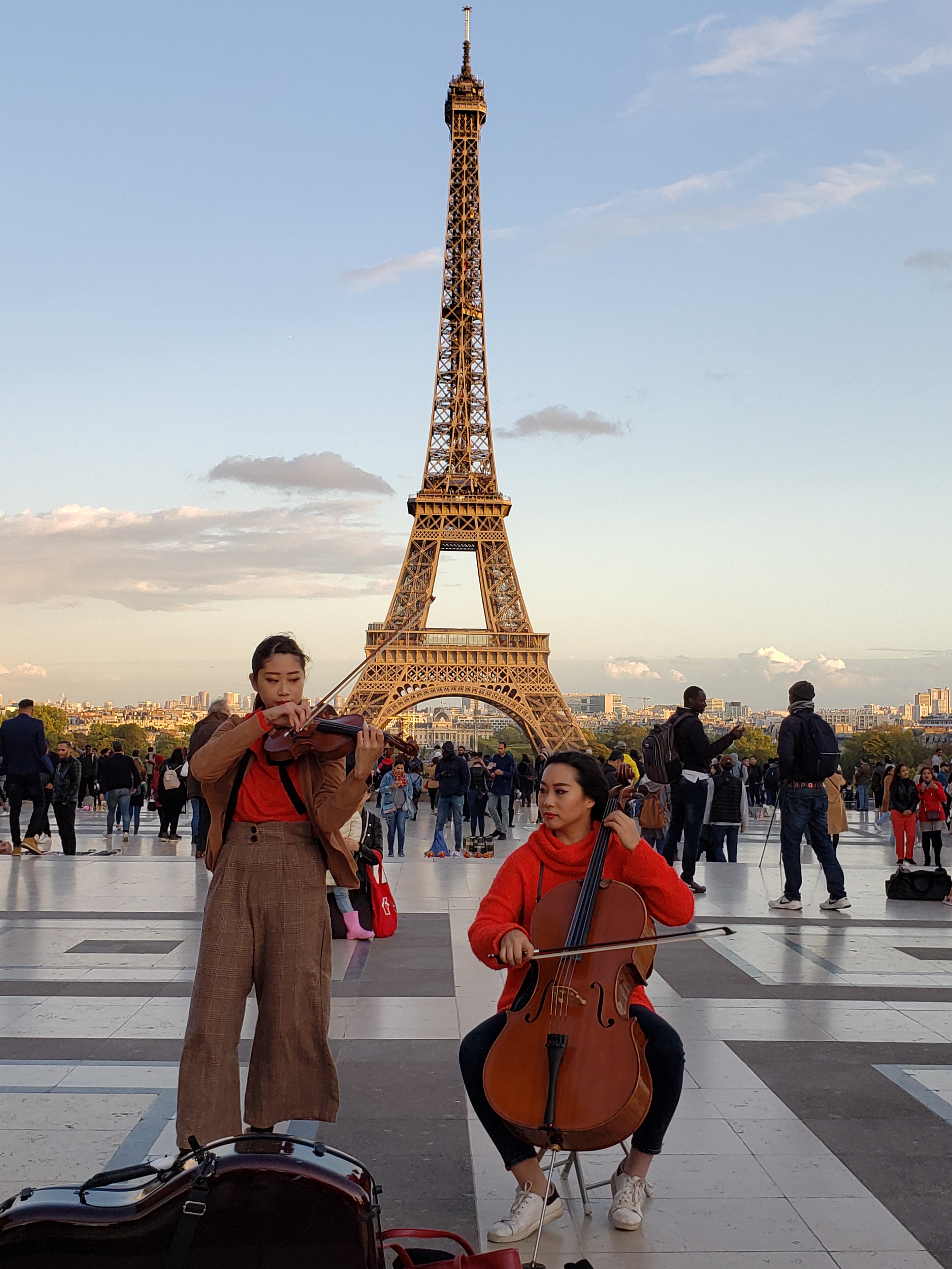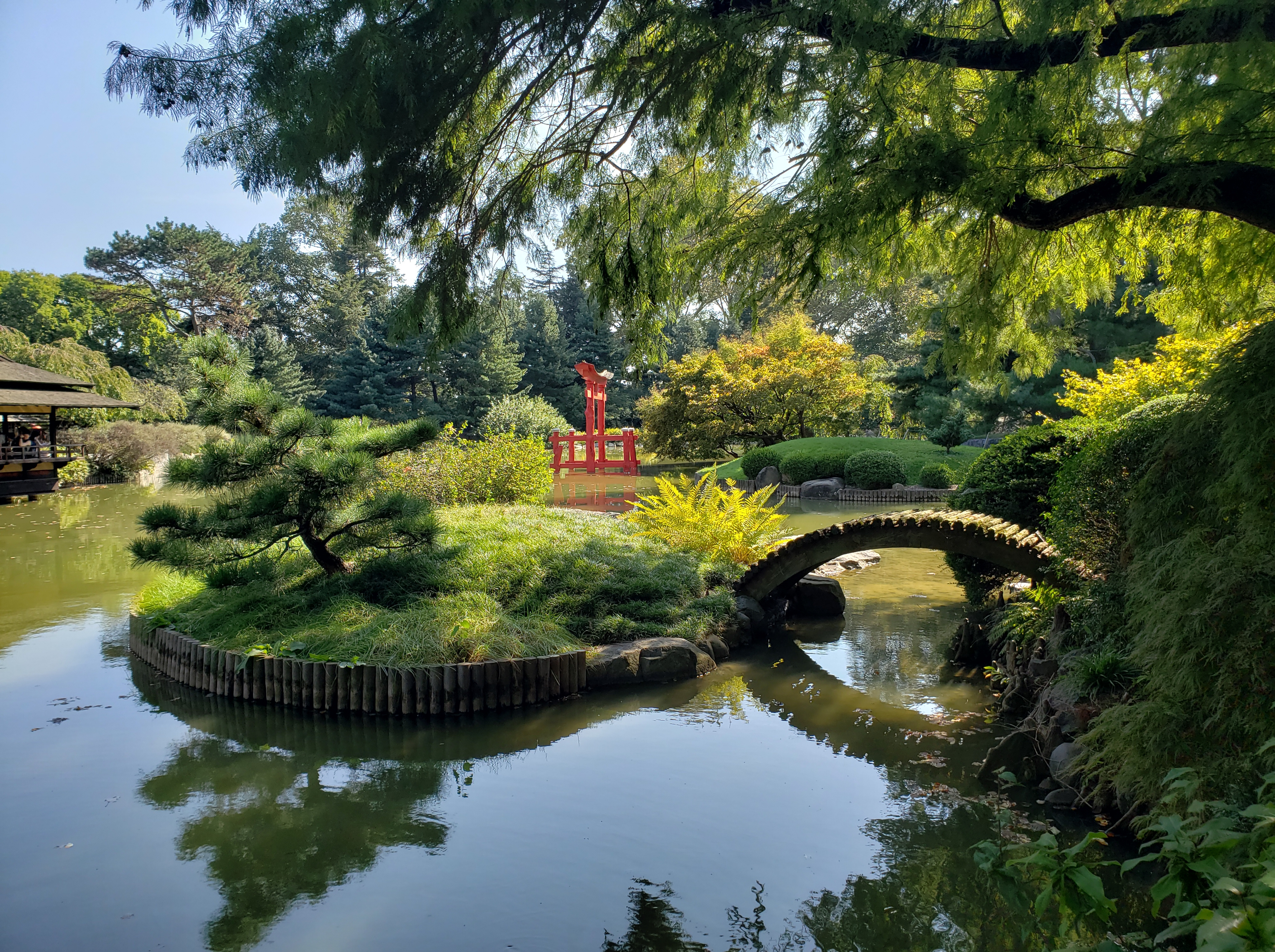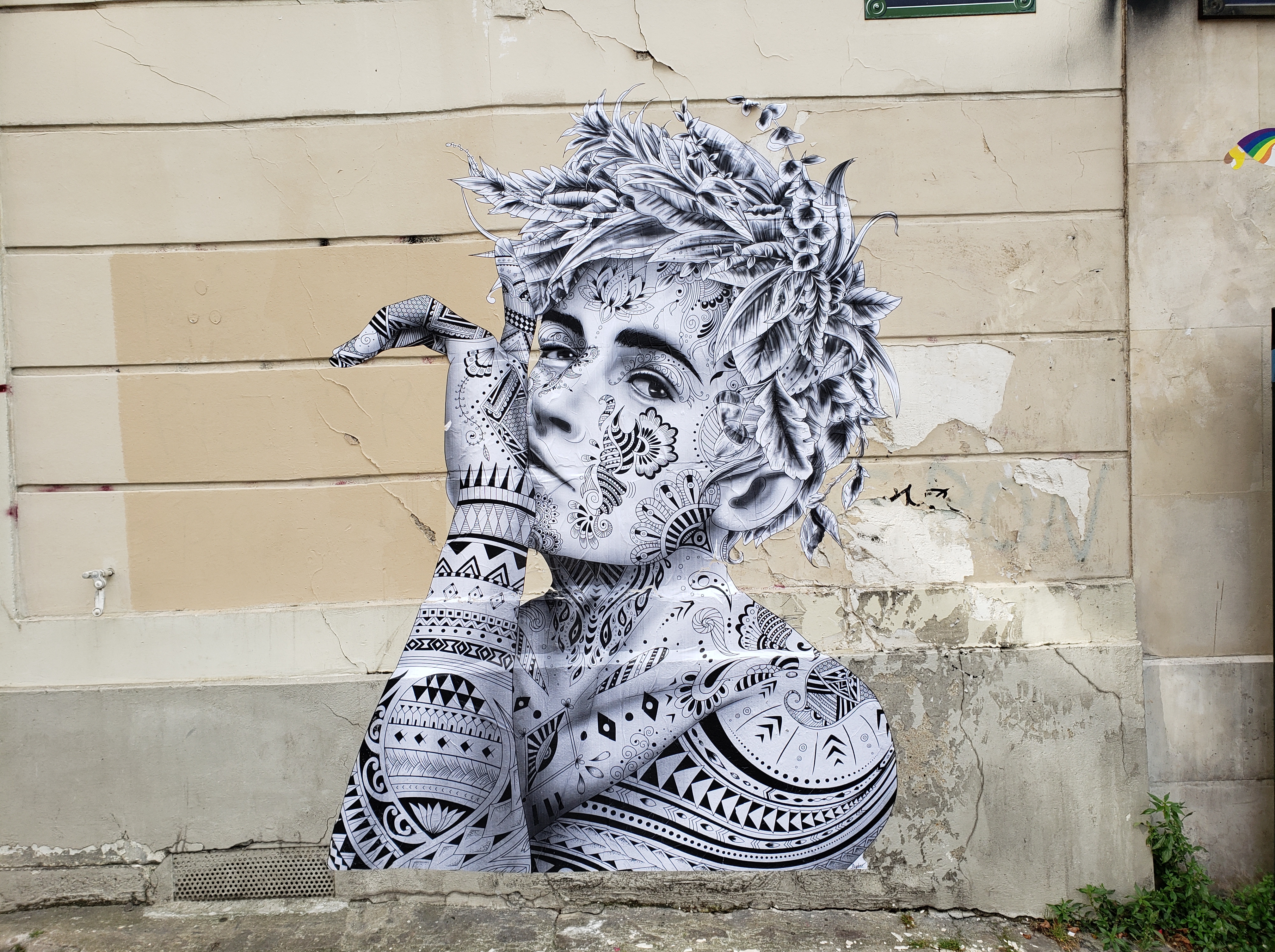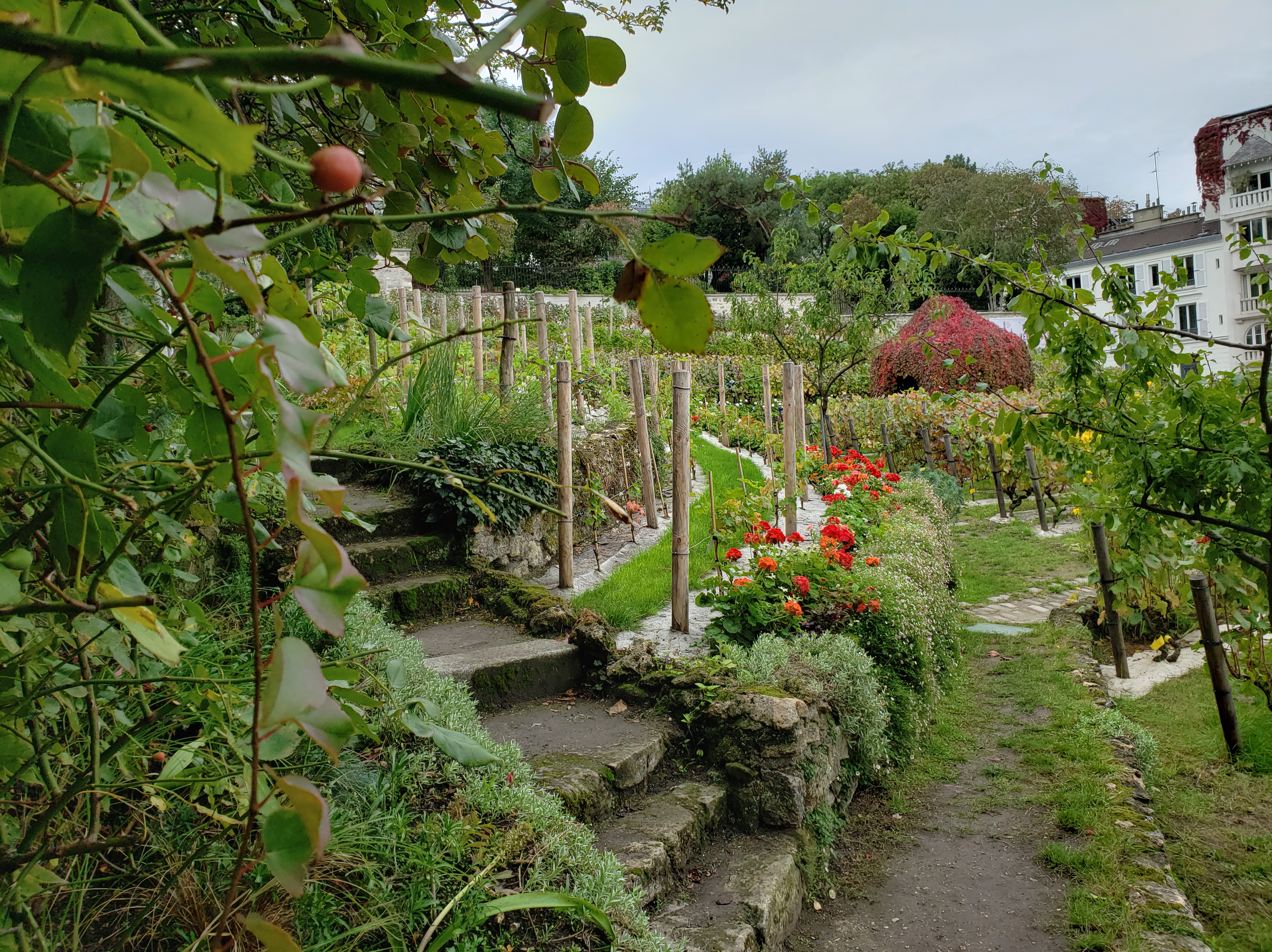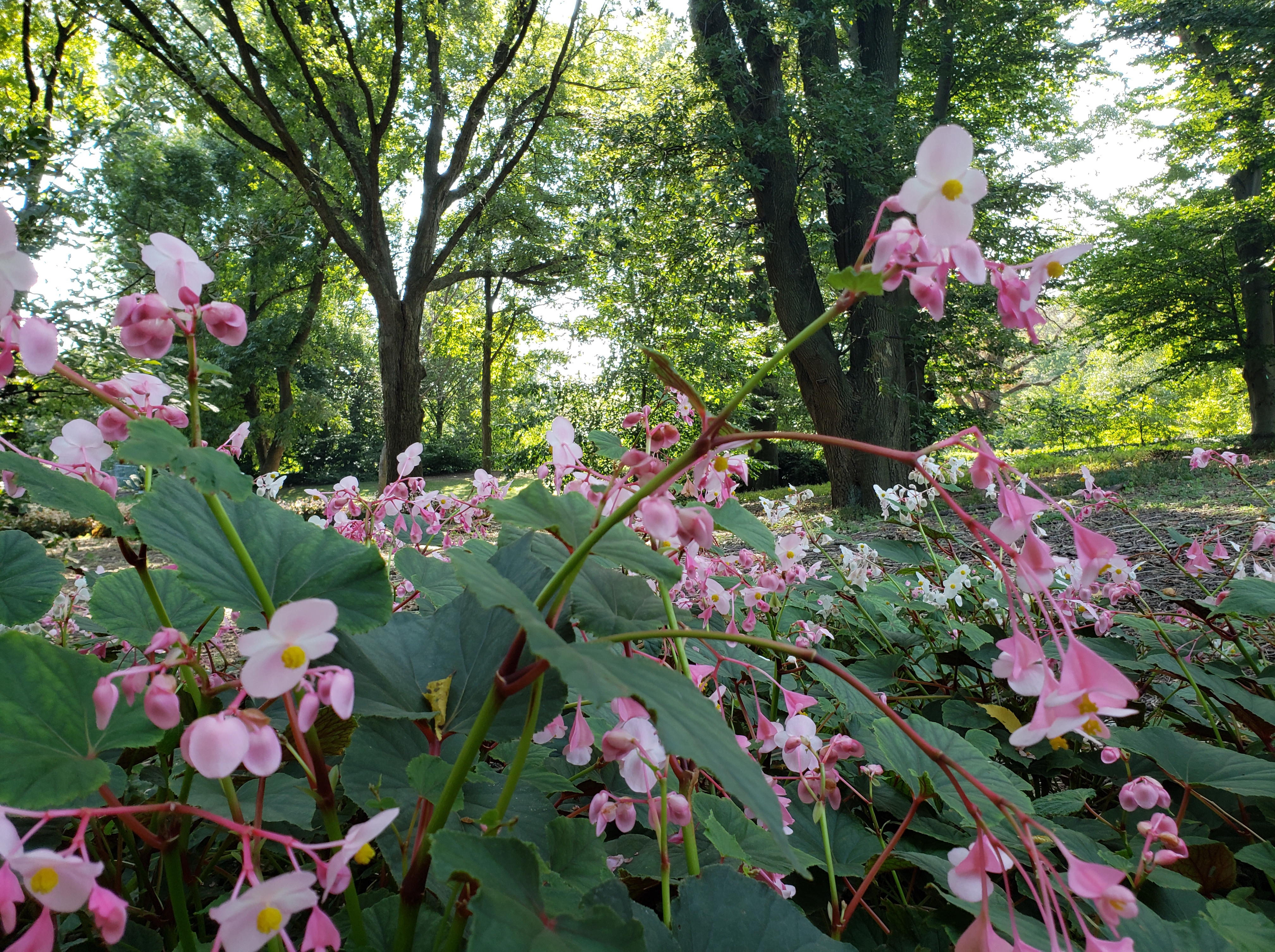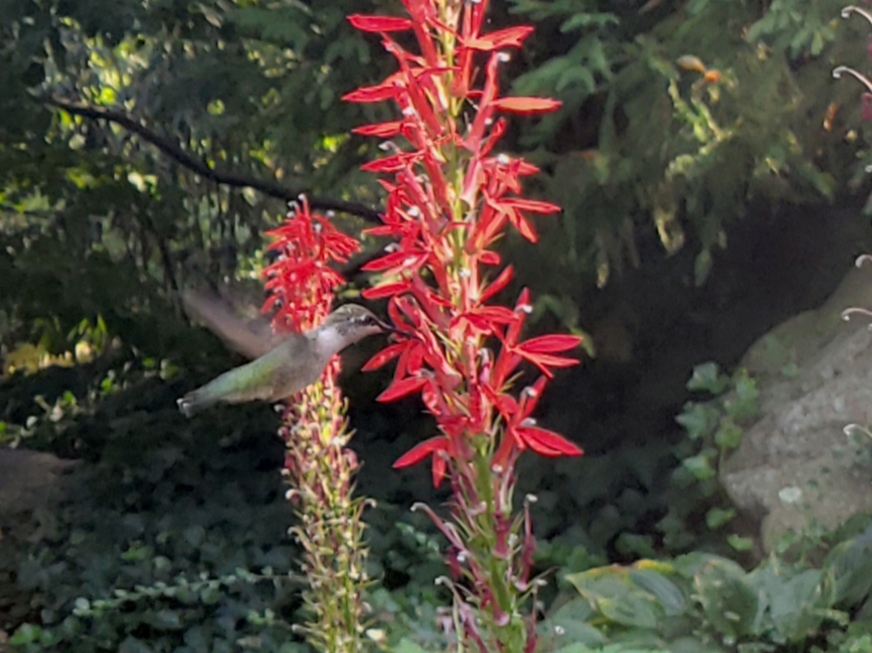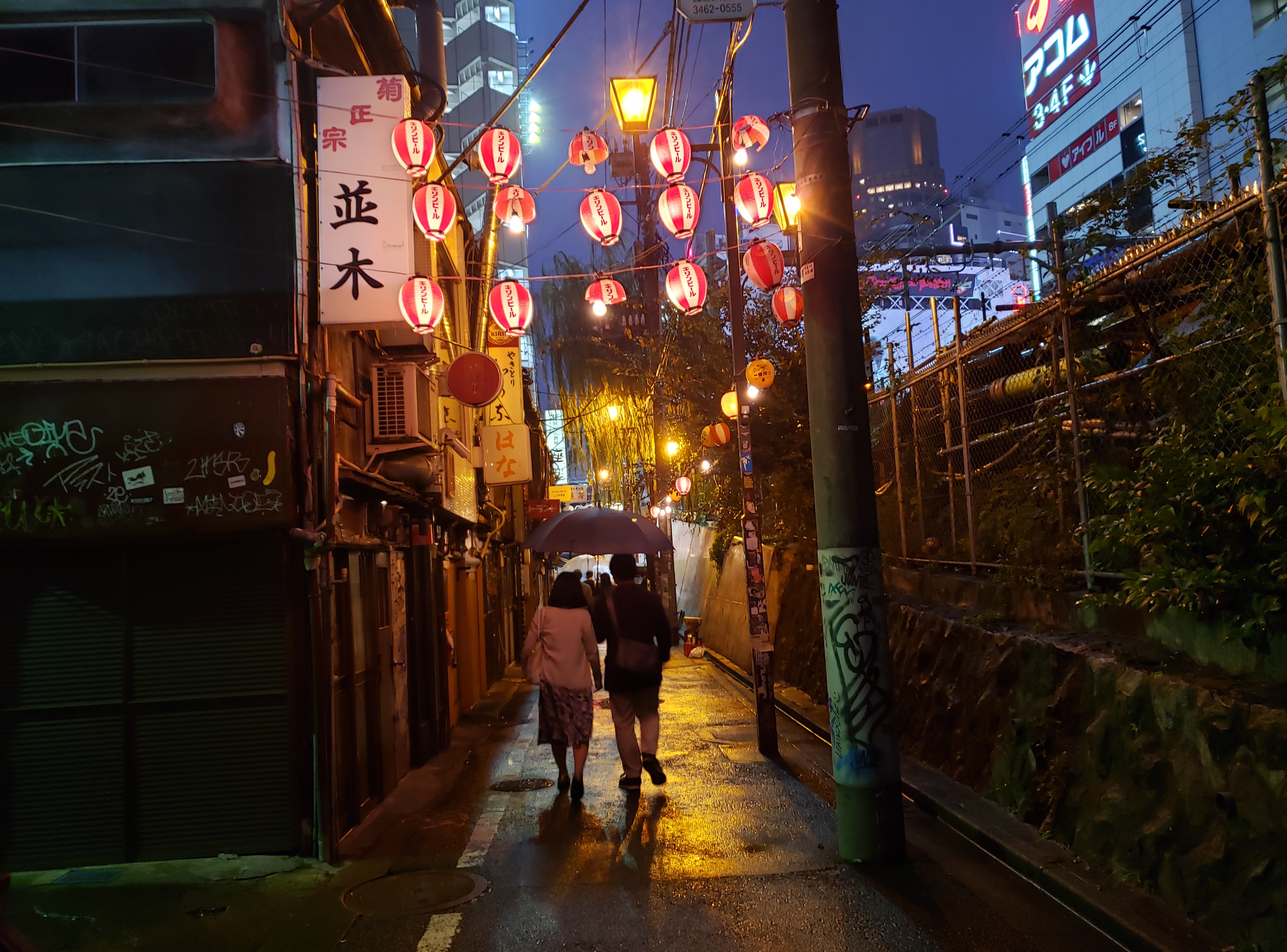
9 October to 18 October, 2019
While still in Paris, just a few days before arriving in Tokyo, my Couchsurfing(CS) host, Shinsuke, warned me of an approaching typhoon. I let him know I was still coming.
I hadn’t planned on using CS, nor on a typhoon touching down around the same time I would, but neither had I known when I made my travel dates a few weeks earlier, that they corresponded with the city hosting the immensely popular Rugby World Cup.
I’d managed to book a bed in the appealing Toco Hostel for five nights, but they were full on the other three nights of my stay. Most places were. And those with availability, did for a reason ie, charmless hotels with tiny sleeping pods (think large coffins with bedding) charging outrageous prices.
I’d only used CS in the past to meet locals or other travelers for socializing, but I sent out a few requests seeking lodging. Shinsuke had excellent reviews, identified himself as an anarchist, and spoke a little English. He agreed to put me up for three nights.
I arrived in Narita airport. My luggage did not.
Young men and women wearing crisp uniforms attended to a group of us with smiles and patience. After filling out a form, I was told my bag would be arriving the following day.
I headed to Shinsuke’s home with my day pack, about an hour away, on an impeccably clean train, then spotless, quiet metro (talking or doing anything to disturb your fellow passengers is very much frowned upon, however squishing each other during rush hour doesnˋt seem to count). Fortunately I was unencumbered and not taking up much space–there is an upside to having your luggage lost in transit then delivered to you.
Some months before, friends of mine had raved about the Setouchi Triennale, an art festival I’d never heard of. It takes place every three years for three seasons, on several islands in the Seto Island Sea. I was intrigued. It was too late for the spring session, and having been in Japan during a brutal summer on my first and only visit in 1987, I opted to go in the fall and decided to include the triennale in a three month trip to Japan.
I’d never been to Tokyo before. It hadn’t appealed to me. I imagined it as I suppose most people imagine New York City, horribly congested with an inescapable onslaught of noise, crowds, and neon lights, making Times Square seem quaint in comparison. But I decided it was worth experiencing first-hand.
I followed the detailed directions Shinsuke had sent me to a small, wood-shingled two story building. I climbed the very steep, narrow staircase and entered his apartment. He wrote that he would be at work when I arrived and unable to greet me, but the door to his home would be open.
The apartment was small, but bright and clean. The kitchen was compact with a tiny table, two low stools, and a welcome note indicating which room was mine. A cup with a toothbrush and toothpaste sat atop the sink. Near an open window socks and shirts hanging from clips on small tiered plastic rings spun slowly in the breeze. The bathroom had a large deep tub requiring agility to enter, and a washing machine. A toilet, with what looked like a water fountain on its tank, was separate in a compact closet. Sitting with the door closed would be a challenge. Off the kitchen was Shinsuke’s compact room. On the other side of the kitchen was mine. He’d given me a large very pleasant room with windows filling two of the walls, looking out on a small quiet street, and an extremely comfortable bed.
I slept soundly for two hours. It was only 1PM and Shinsuke wouldn’t be home until that evening.
The typhoon was likely to arrive the following day. I left the quiet lanes of his neighborhood and walked a few minutes to a bustling main road filled with an array of shops. I was expecting to see people waiting on long lines to buy emergency provisions, as one does in NY whenever any approaching storm is announced, but parcels remained small and the daily routines, as far as I could tell, looked routine.
I passed restaurant windows displaying perfect plastic replicas of sushi, ramen, tempura, and other dishes, in lieu of menus. And I quickly learned to remain alert and nimble on the crowded sidewalks: despite the noted decorum of the Japanese, bicyclists recklessly darted between the pedestrians testing Darwin’s survival of the fittest.
I had a toothbrush, but no change of socks or clothes (Although I usually put them in my carry on, “just in case,” this time I’d managed not to.). I wandered into a store that seemed to sell everything. Its narrow aisles were defined by floor to ceiling packed shelves. Interspersed throughout were bright flashing lights and tiny video screens showing itsy-bitsy people with blaring voices singing ditties.
Japan is a study in contradictions. The country offers serene Zen gardens, meditative tea ceremony, and quiet metros, but also deafening pachinko parlors, think “pinball/slot machine on steroids,” and, depending on ones perspective, entertaining/sensory assaulting shops. I found socks, leggings, a tee shirt, and remembering I didn’t have my rain gear either, a raincoat. I left the shop as quickly as possible.
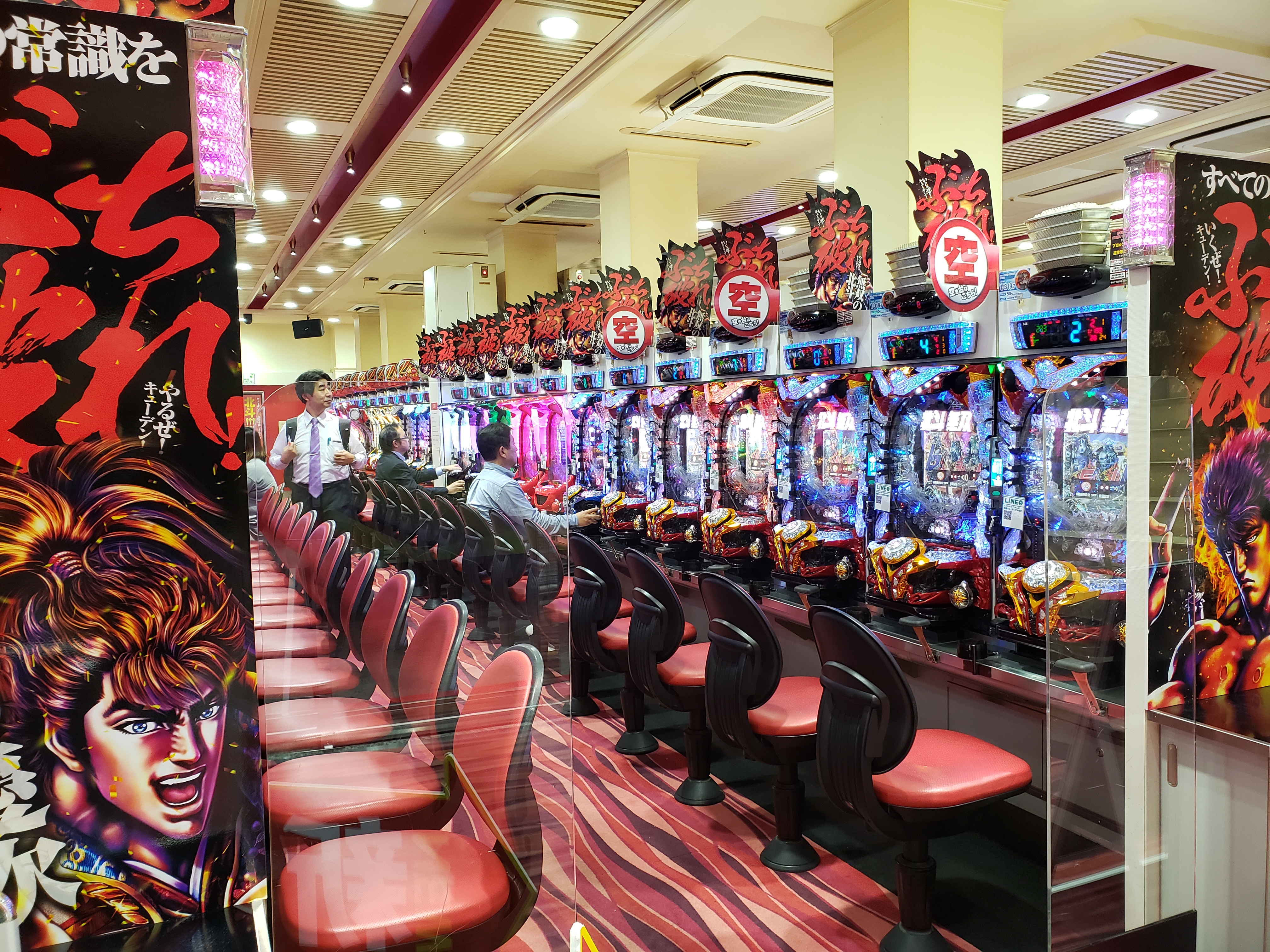
Shinsuke’s English was limited, and my Japanese allowed me to be polite and little else, but we managed to have a lengthy discussion that evening about Japan’s present government (Shinsuke was not a fan), our travels, (he’d lived in Uganda as a street performer), my luggage which given the typhoon, could be delayed indefinitely, and where to go for dinner. His desire to please me with familiar American food and my desire to treat him to a fine, traditional Japanese meal became a confused attempt of our best intentions.
We ended up in a brightly lit, casual sushi restaurant offering the newest trend in dining: stand while eating. The small dishes, mostly familiar, were all delicious and I could tell Shinsuke was pleased, since I was paying, that the prices were very reasonable.
That evening in his apartment, he drank cups of coffee and I herbal tea while eating the sweet delicacies I’d brought from Paris as a gift, and he graciously shared with me. We spoke of the approaching typhoon and his concern for his workshop an hour outside the city center. It got late. I wished him a good night as he prepared another cup of coffee.
It was my first night in Tokyo.
I hadn’t expected the song of crickets to be the only sound punctuating the silence and lulling me to sleep.
Shinsuke was already gone when I awoke. I’d slept very well and spent a lazy morning enjoying the serenity of the sun-filled apartment.
Later I visited the Nezu Museum. Its peaceful, lush gardens and tea house was an oasis of calm and tranquility. I sipped matcha tea and ate, almost guiltily, a gorgeous, delicately designed red bean pastry/art form.
Just outside the museum was a street lined with high-end fashion shops and passersby exquisitely attired. The sky was dark and rain was falling. The typhoon was nearing. I dodged the umbrellas–raincoats have not caught on here–and headed back to the apartment.
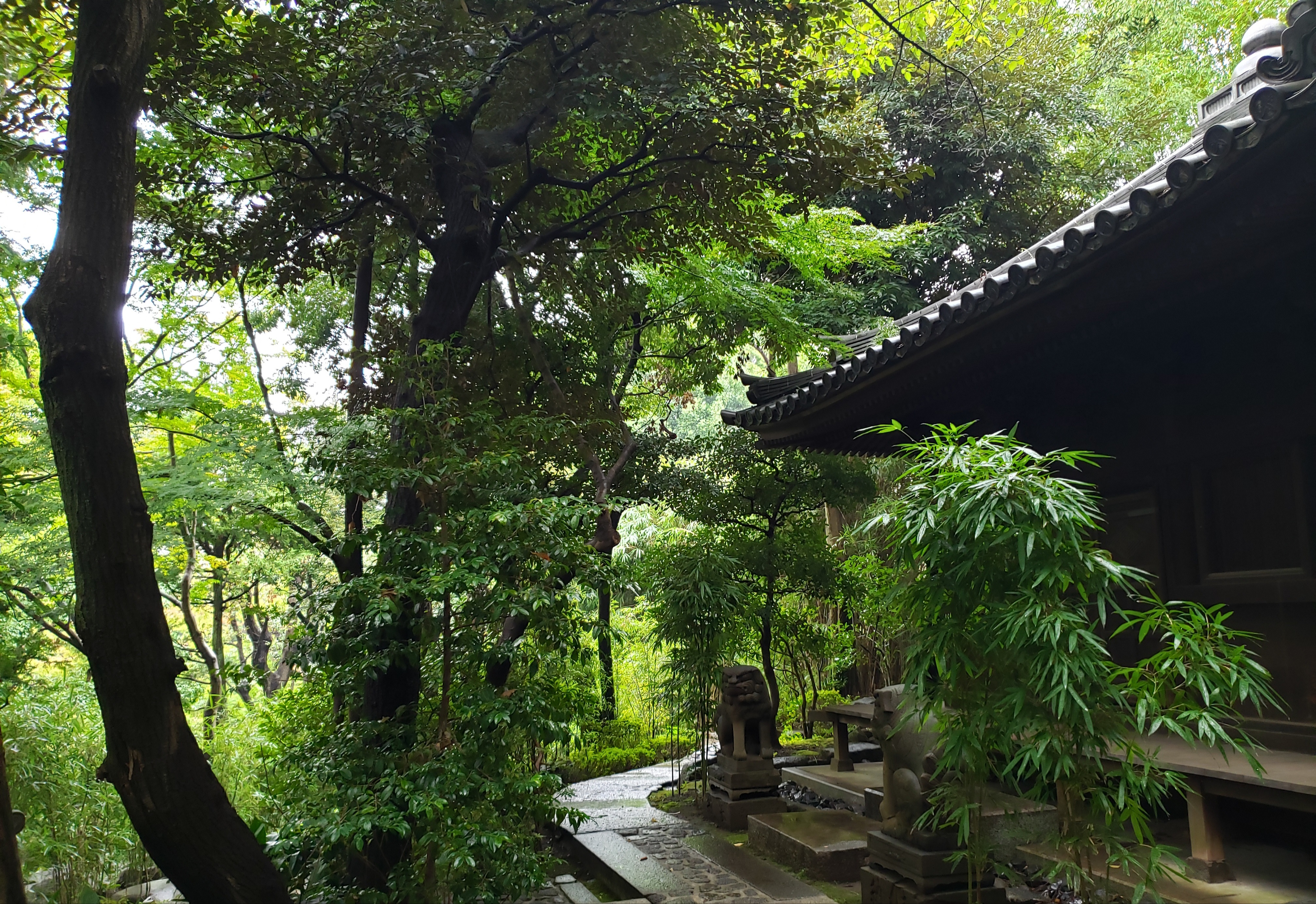
I spoke with the airline hoping to get my bag before transportation was disrupted by the storm. With luck, it would arrive that evening.
Shinsuke greeted me with unwelcome news. He was leaving to tend to his workshop. He wanted to be there during the typhoon just in case. Although he welcomed me to stay in his apartment, he could not guarantee the building was sturdy. It didn’t take me long to decide to leave too and I started looking for another accommodation.
Many places were now available. News of the typhoon had led to numerous cancellations. I called a hostel with excellent reviews. Photos depicted a brick building nestled between other brick buildings. It looked secure. It was around 9 pm and the owner took some time in answering the phone. Most of the guests had cancelled their reservations and it was likely I’d be the only guest, but he was closing shortly and I needed to arrive soon.
I quickly began preparing my things. I resigned myself to doing without my bag which still hadn’t arrived. Just then I noticed a small van pulling up outside. I hurried downstairs while a stout man was pulling it, completely wrapped in plastic, out of the back of the van.
Shinsuke and I said our good byes in the pouring rain. He hailed a taxi and the driver wearing the customary suit, white gloves, and cap, opened the automatic door and we drove to the aptly named Backpackers Minihouse.
The owner, Gigi, a wiry, energetic man in his seventies warmly welcomed me in English. The ground floor of the hostel was a single small room and an enormous table took up most of it. Packages of instant noodles, tea, and Nescafe sat near a large hot water maker. Gigi offered me a cup of tea and showed me to my bed in a shared dormitory with four bunk beds on the third floor reserved for women.
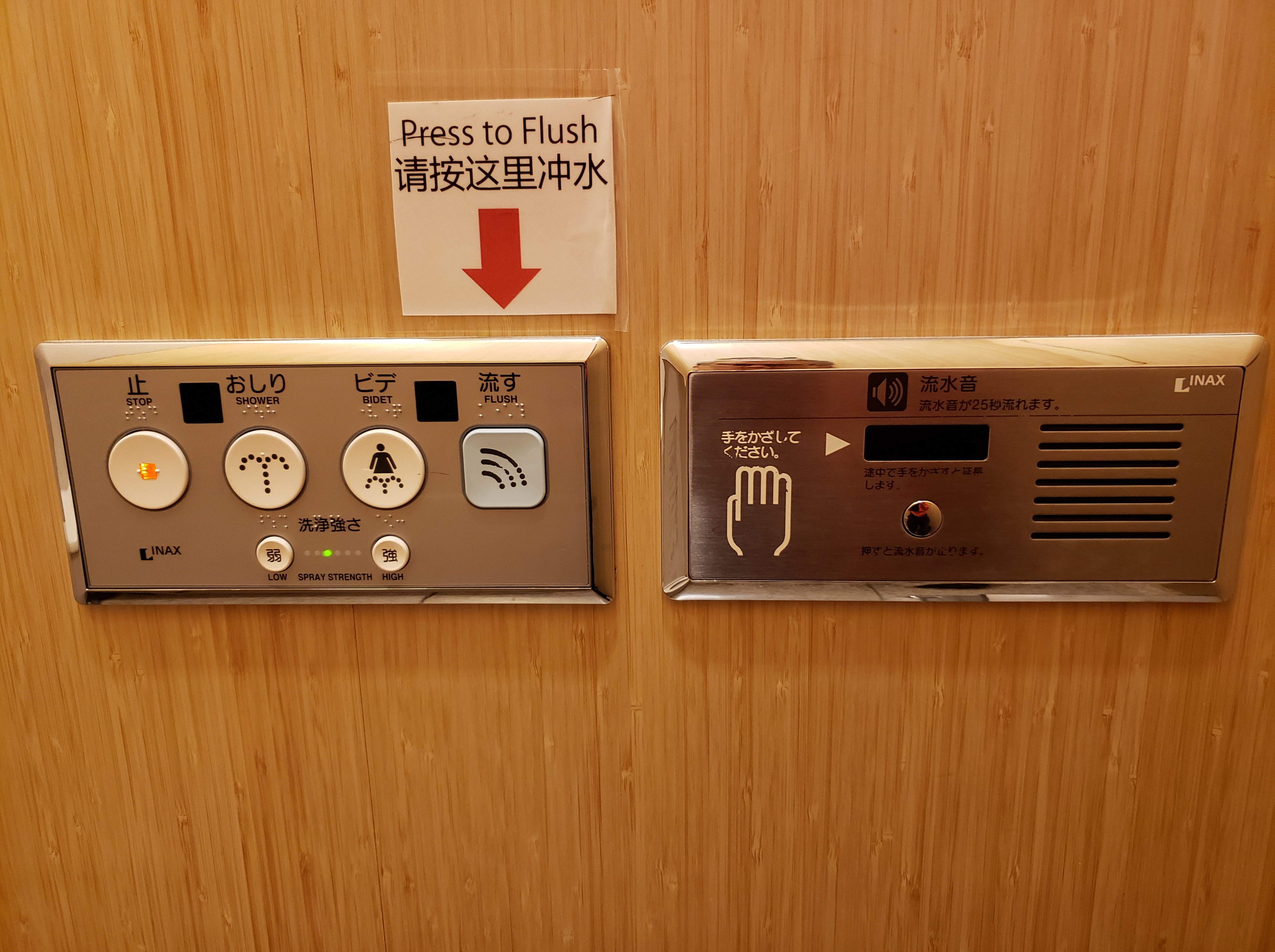
I went to sleep shortly afterwards. The hostel was pleasant enough, but I missed Shinsuke’s cozy home and the crickets.
The following day more people showed up at the hostel. Each with a tale of disrupted travel: a woman from Mexico, a mother and son from Argentina, a man from Norway, and a man and woman from Japan. With a curfew in place, and little room to spread out, we sat huddled together watching television as images of a flooding river played over and over again. The view outside the rain drenched window did not look nearly as dramatic.
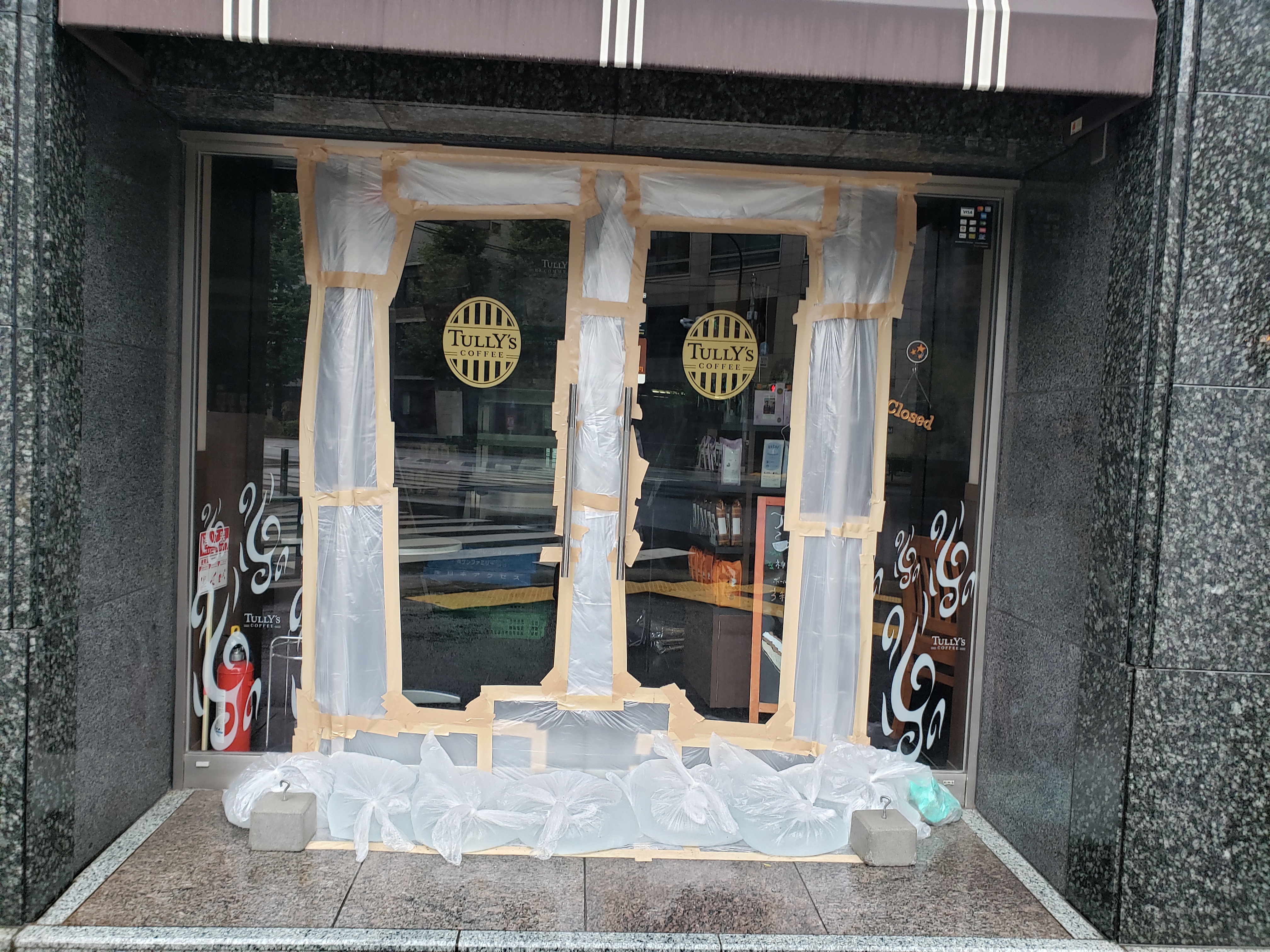
Streets were empty and many of the closed shops had tape, wood, and cardboard protecting their windows. Strong winds were blowing. But the higher buildings provided us with a buffer from any direct gusts. (Other parts of the region would not be so lucky. We would later learn lives were lost and towns and railways experienced severe damage.)
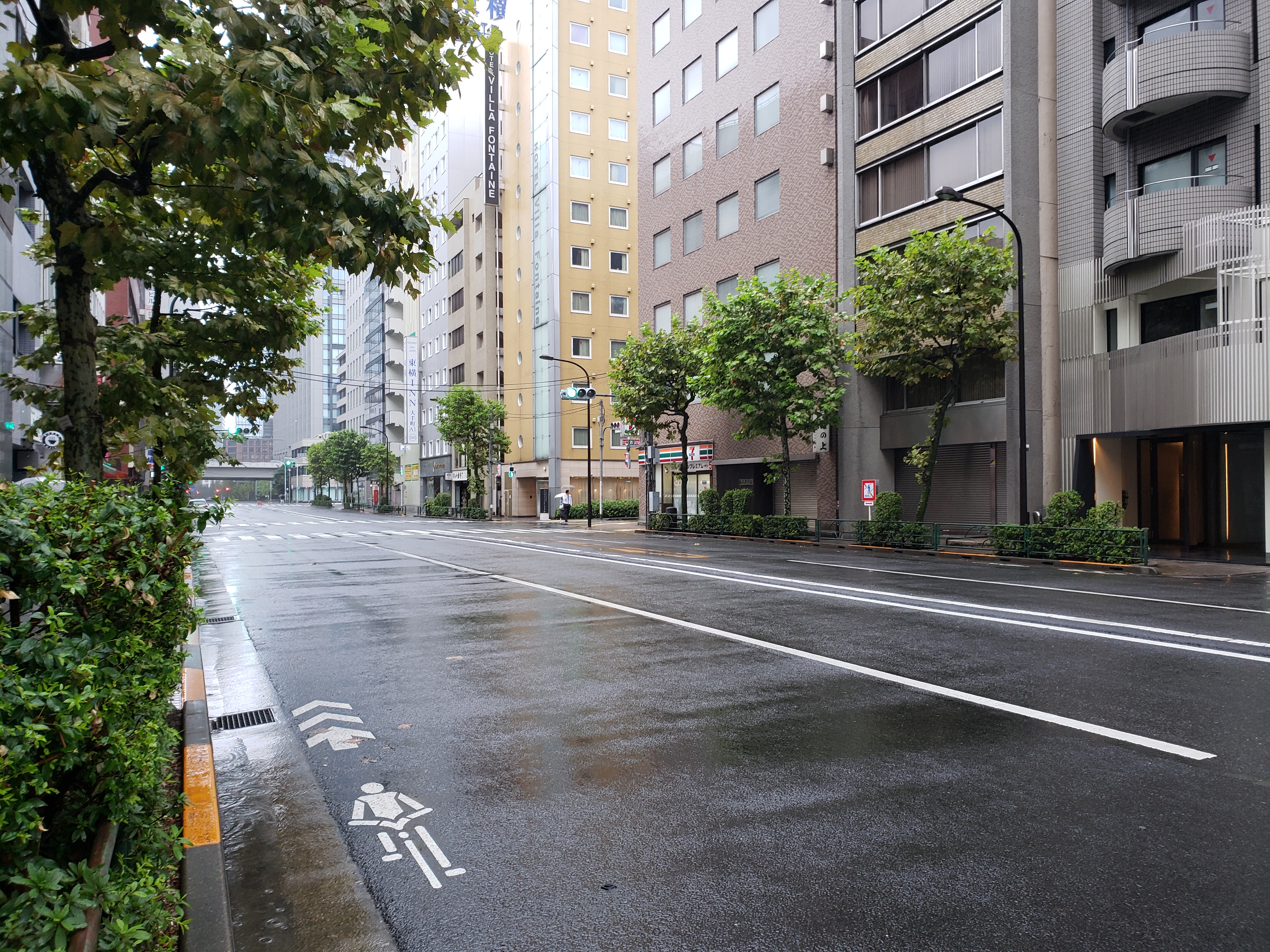
We ate instant noodles while amicably communicating in English and Spanish, and learning “oishi” was “delicious” in Japanese. We had no choice but to wait out the storm.
Typhoon Hagibis head out to sea the following evening. The rhythm of the city and rugby matches resumed, shops and stores reopened, repairs were made. Streets became busy again.
After moving once again, this time to the Toco Hostel, I set out to explore Tokyo.
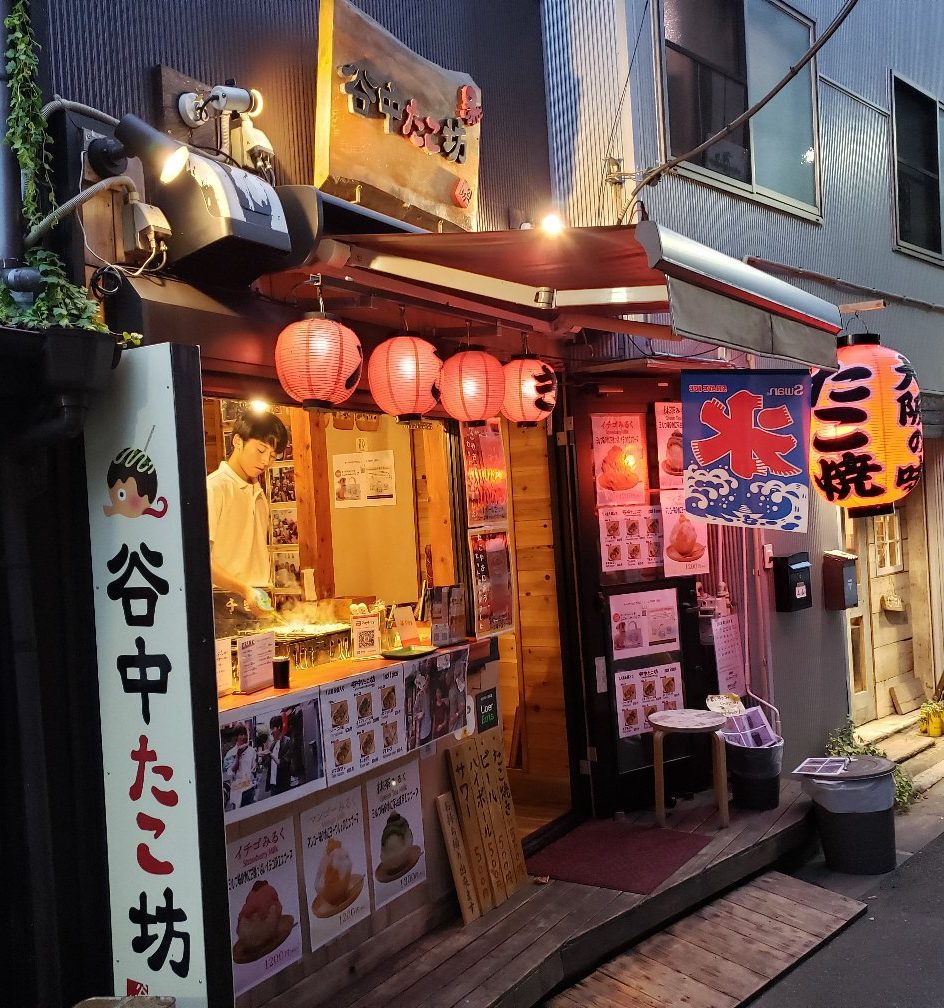
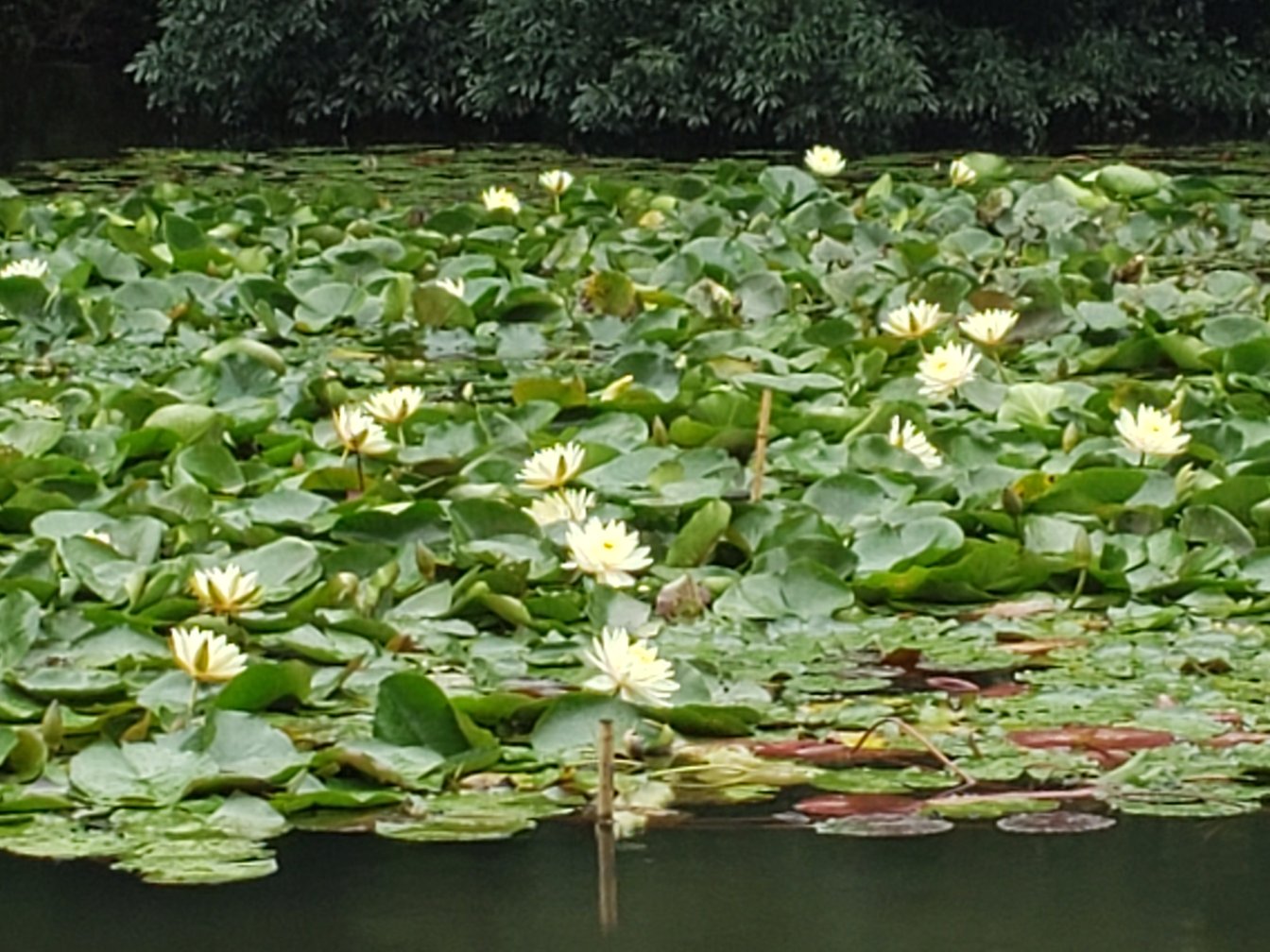
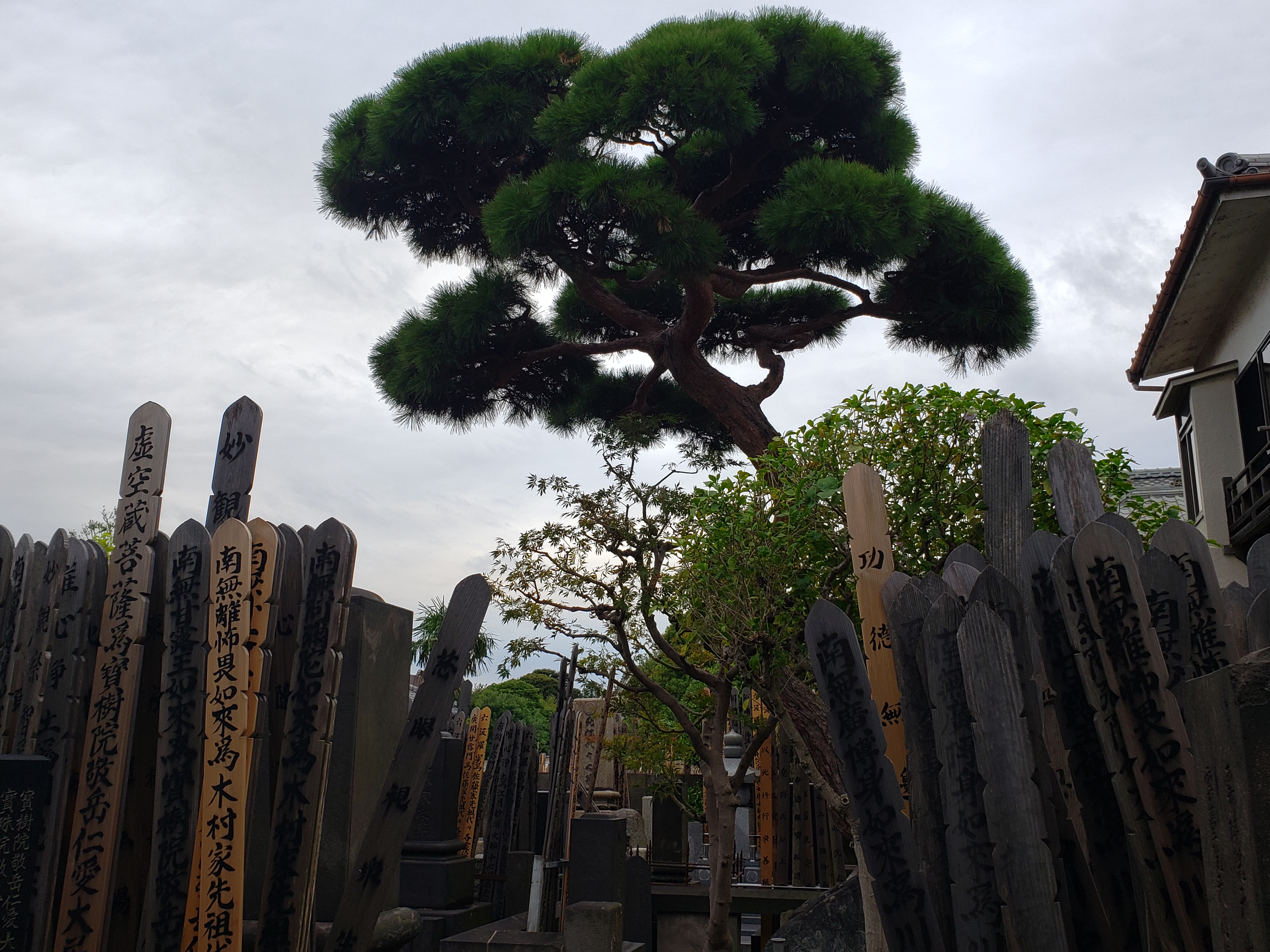
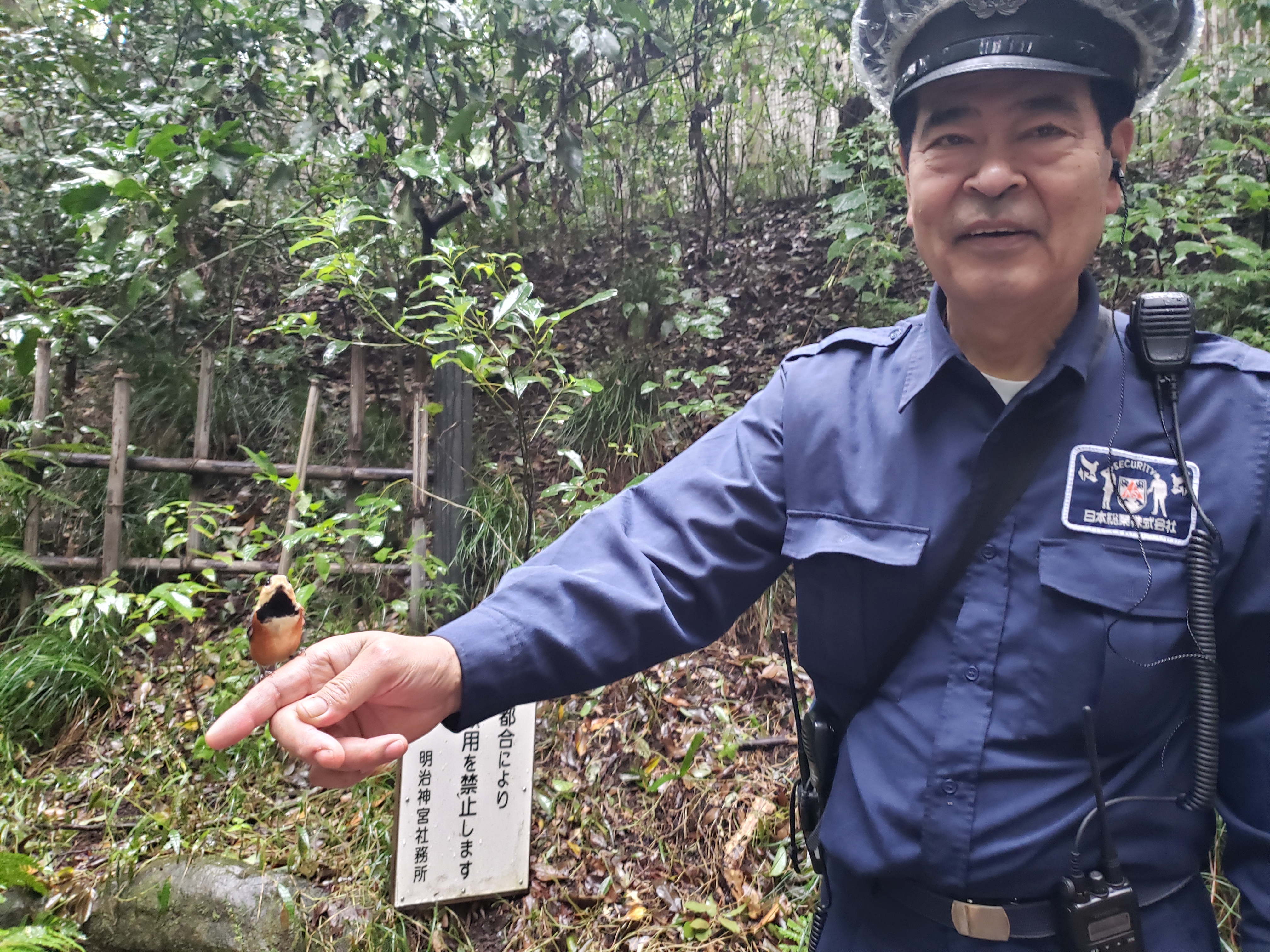
I wandered down narrow alleyways, ventured inside museums displaying ancient treasures and modern masterpieces, learned to distinguish between Buddhist temples and Shinto shrines, reveled in the tranquility of lush parks, sipped copious cups of matcha tea in beautifully crafted tea houses, discovered contemporary artists in newly conceived galleries, strolled peacefully in picture perfect gardens and cemeteries, marveled at the assortment of fish and other delectables in markets and department stores, slurped ramen as best I could, sipped beer and sake in tiny bars, spent quiet moments reading and writing in coffee houses and bookstores, and became a major fan of japanese ice cream.
I shared many memorable moments, meals, and tales with locals and travelers, including a group of South Africans (who in a few days time would watch their team win the world cup), and who invited me to join them in singing Rodriguez tunes (See, if you haven’t yet, Searching for Sugar Man) in a tiny upstairs space of a Golden Gai bar called “Lonely Bar” cramped around a small table piled high with beer bottles.
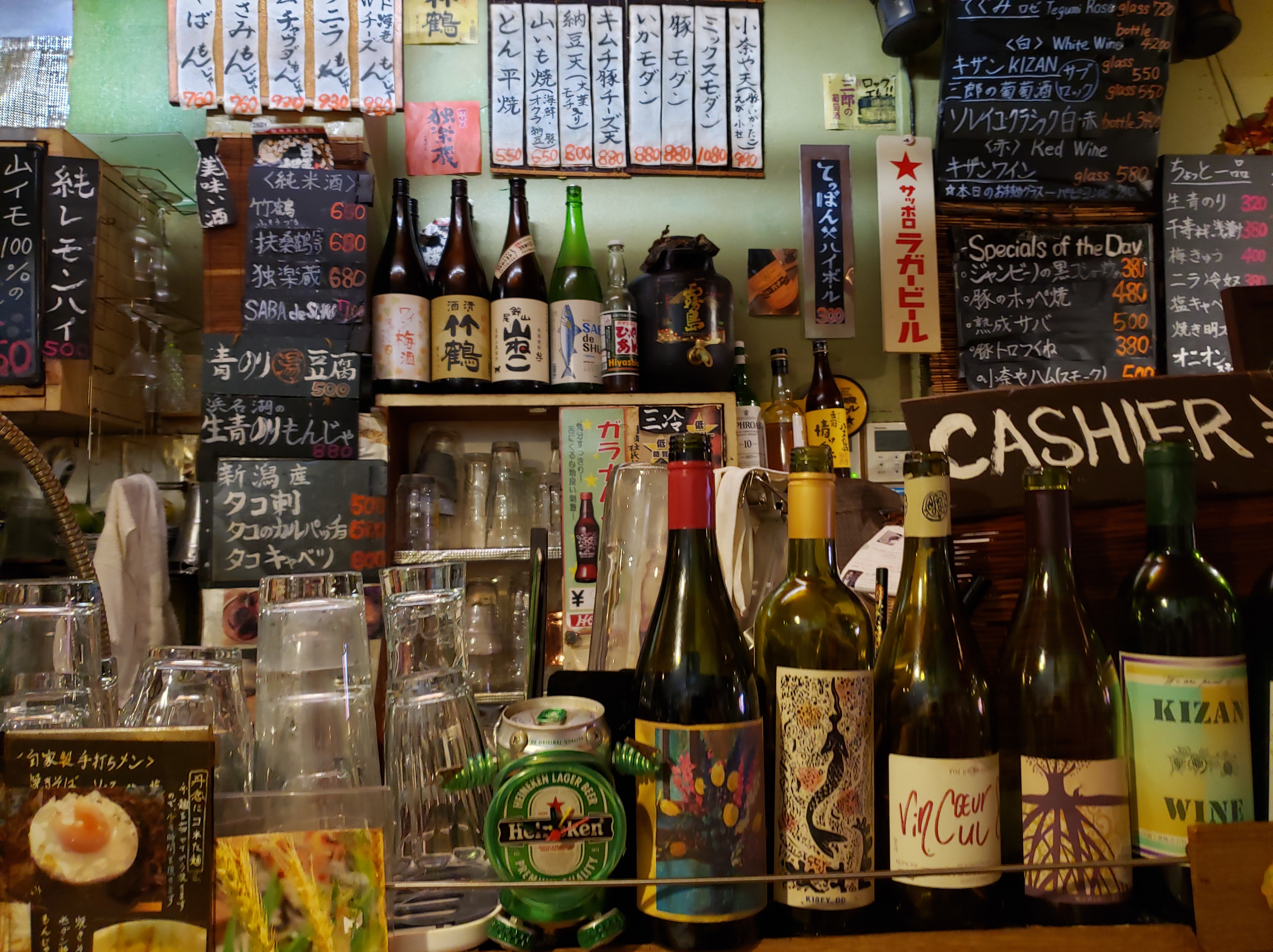
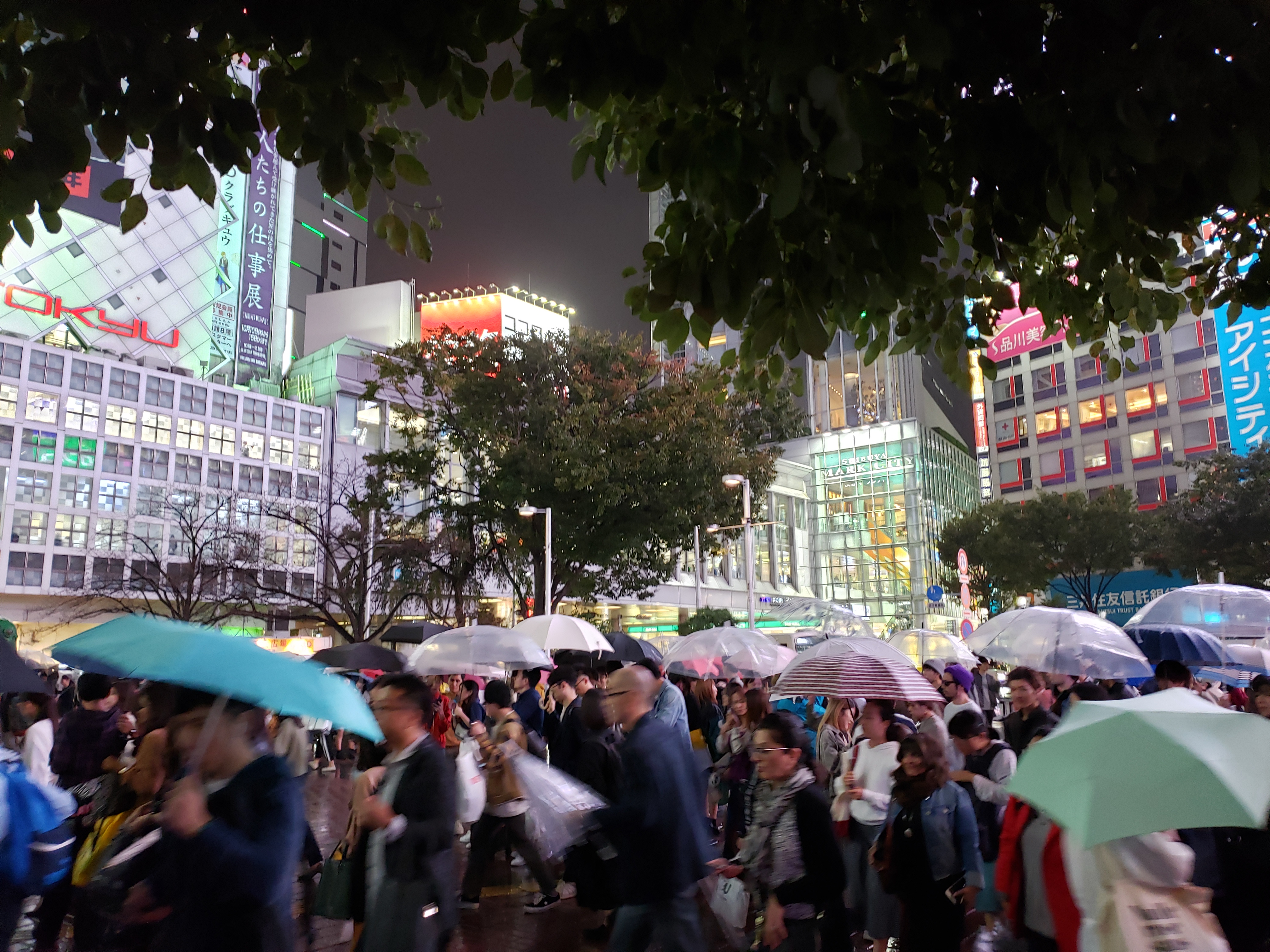
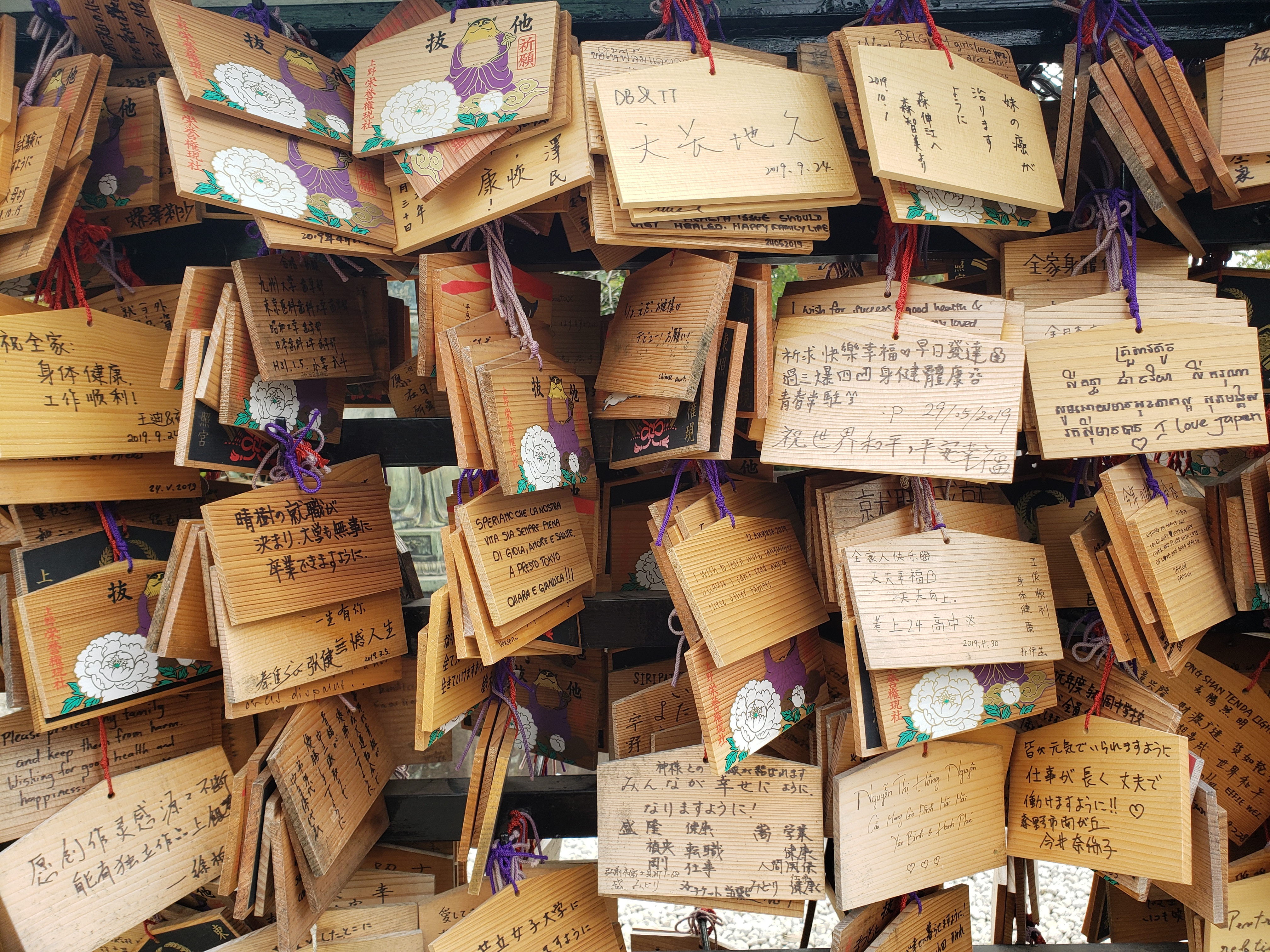
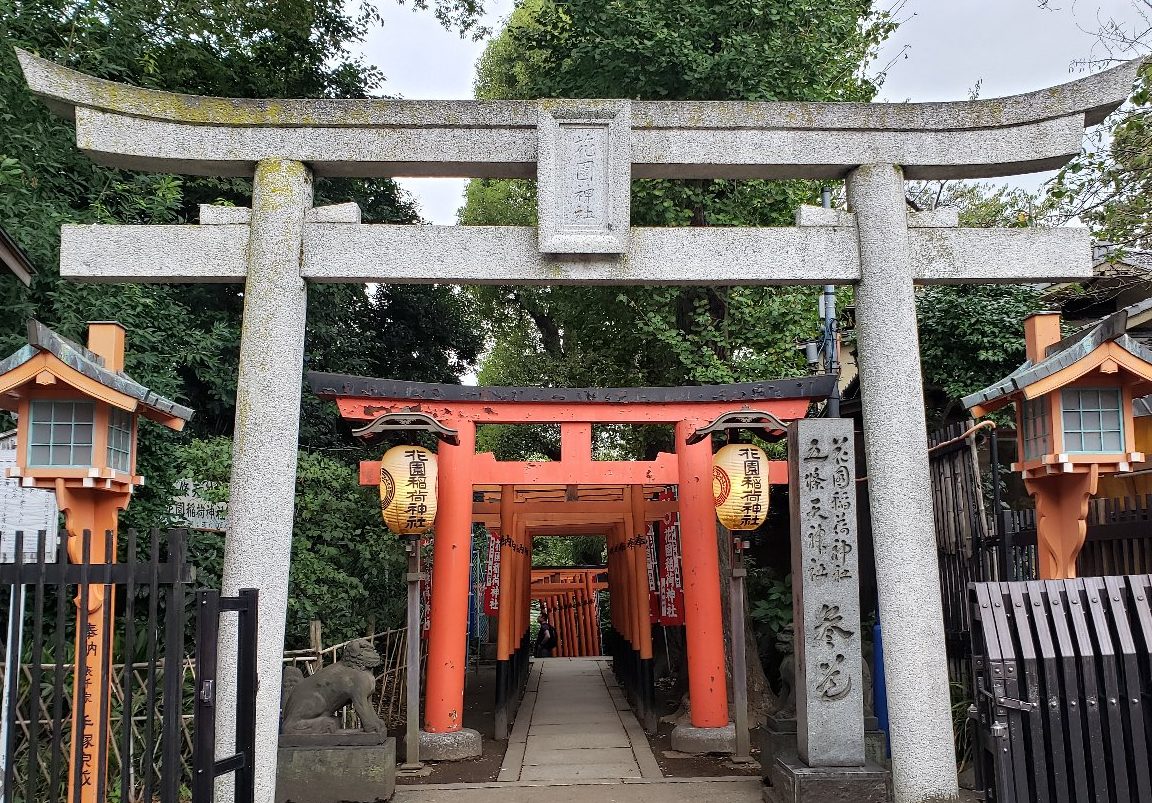
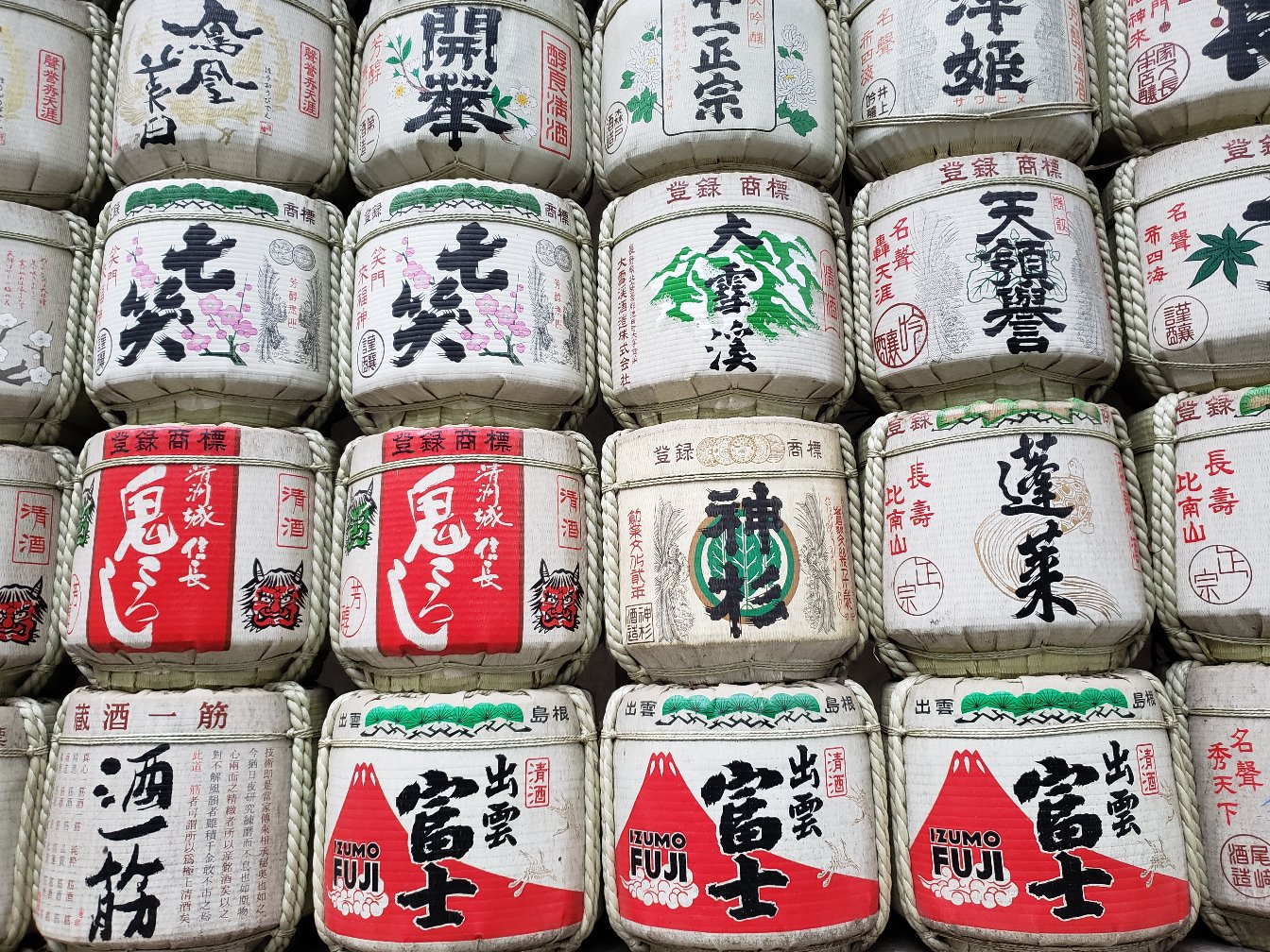
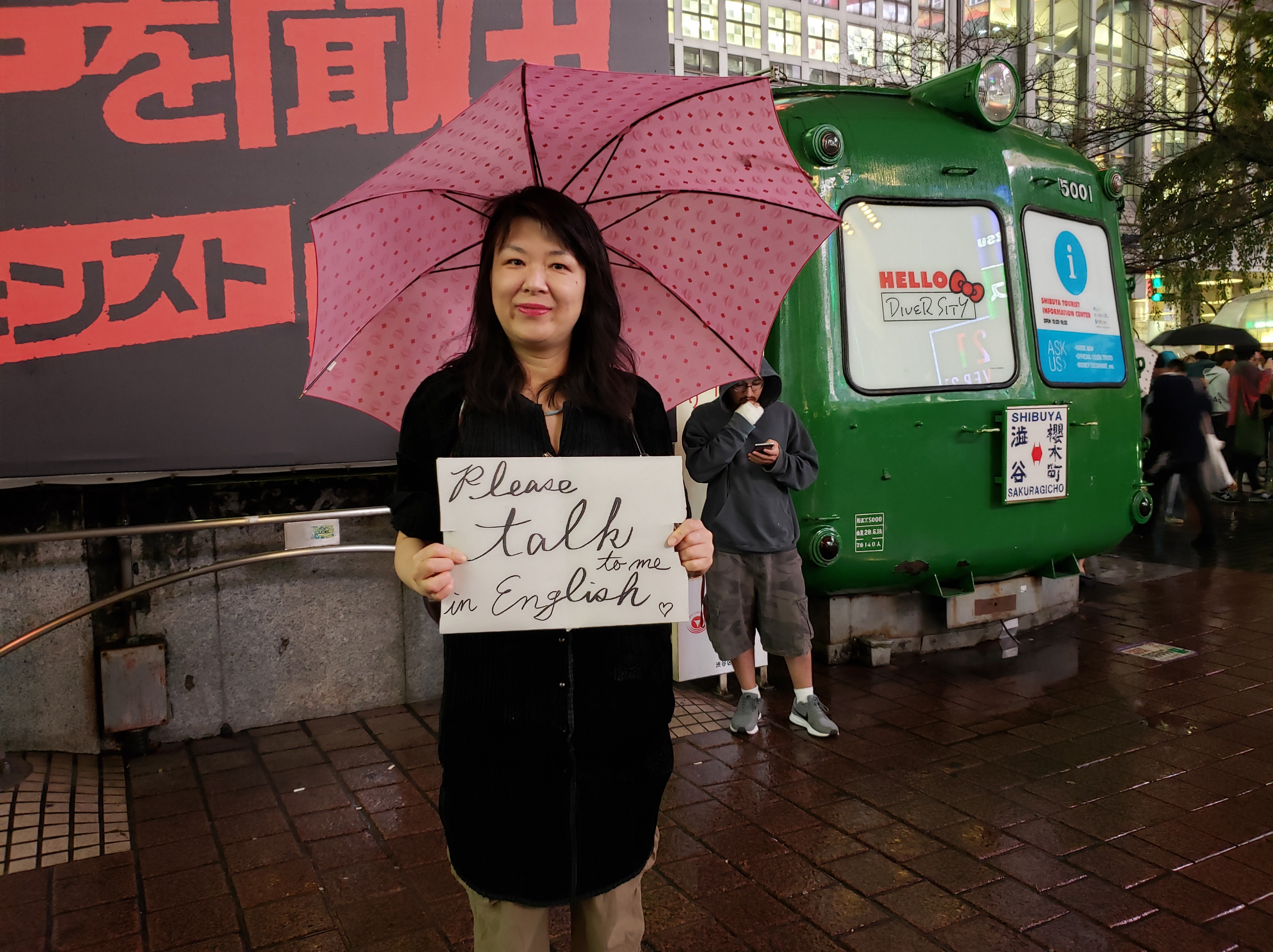
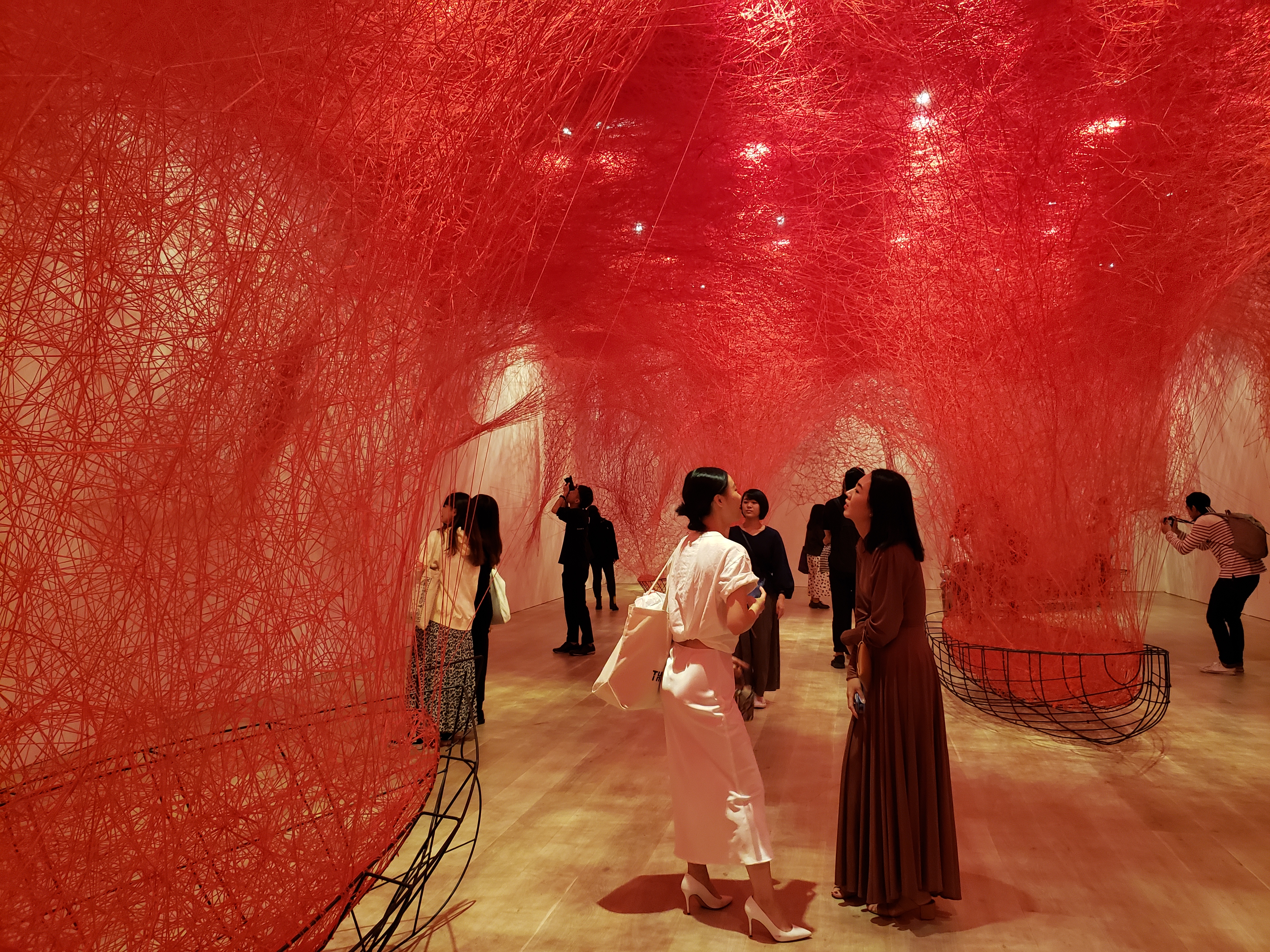
Tokyo soothed, inspired, dazzled, overwhelmed, and thrilled me. Its many facets charmed me.

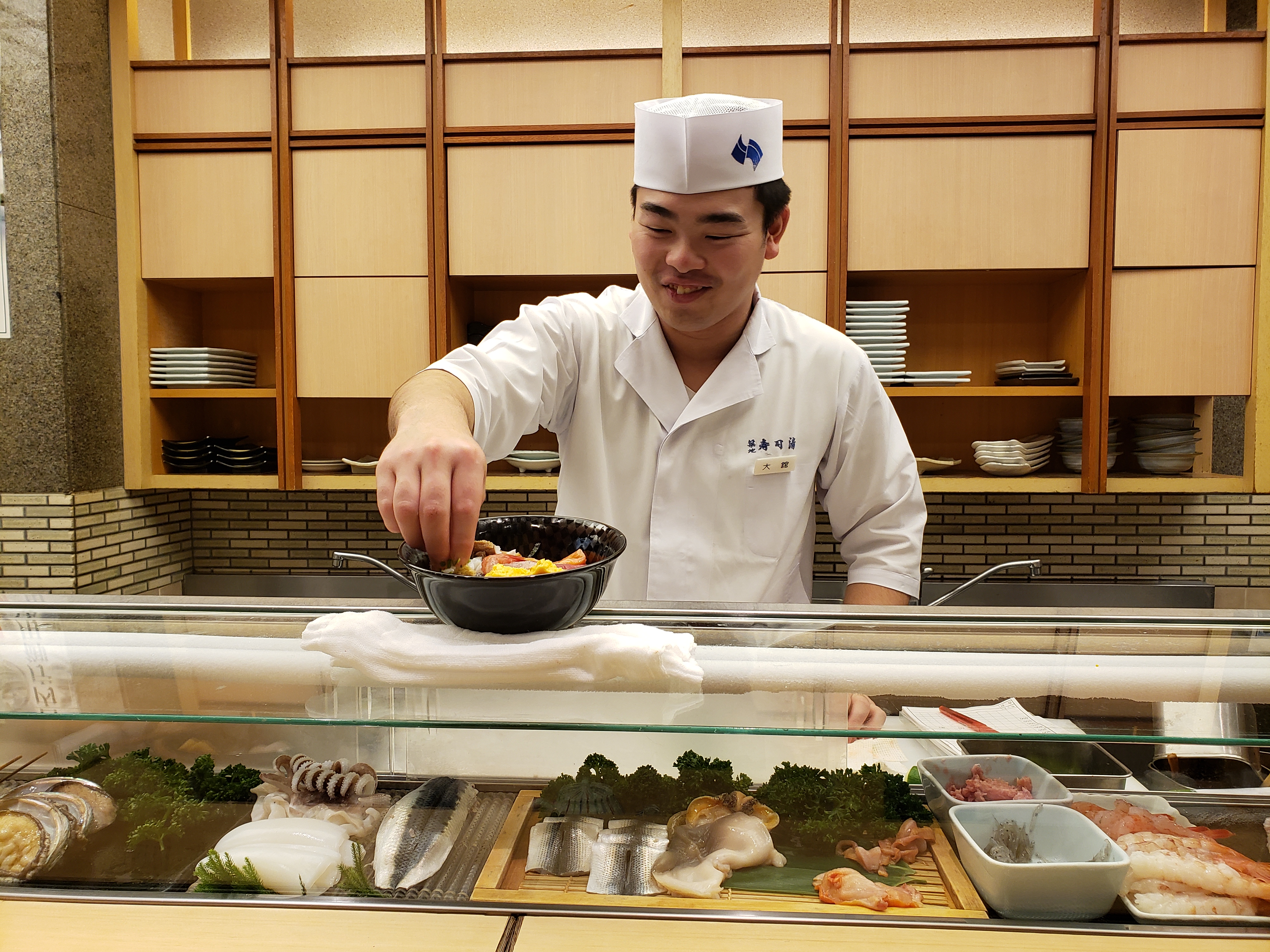
Still set on getting to the Setouchi Triennale, I had a few weeks to explore other regions of Japan before then.
I left Tokyo with my preconceived notions of this extraordinary city completely shattered and looked forward to my return.
